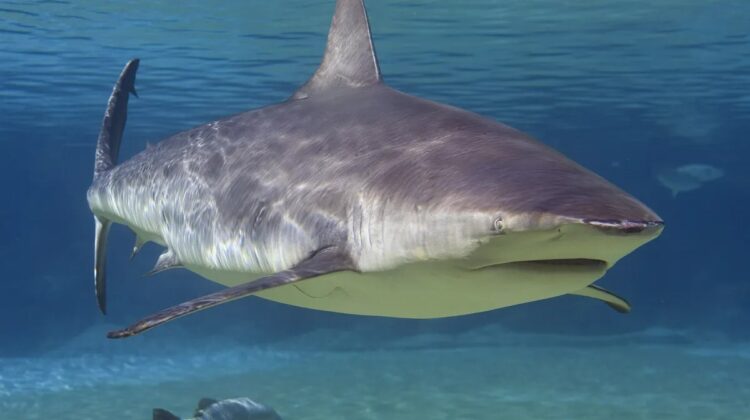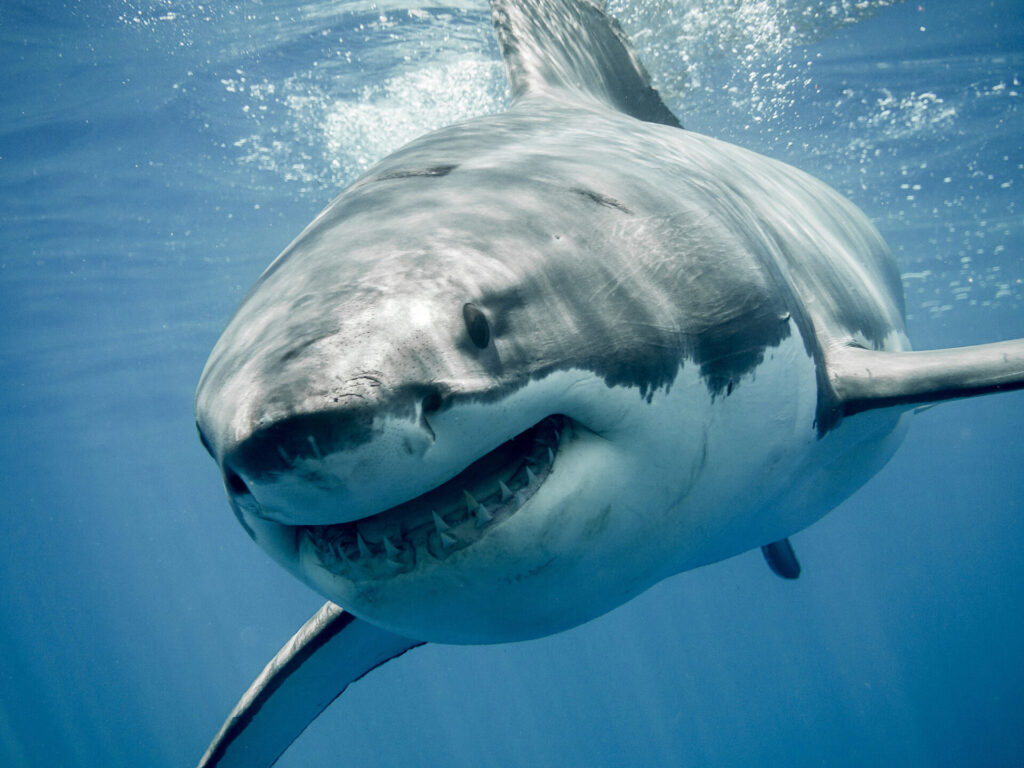
When you plan a serene summer getaway by a tranquil lake, the last thing on your mind is encountering a shark. However, surprisingly, there are several locations across the globe that serve as home to sharks capable of thriving in freshwater. So, before you dive in, you might want to reconsider that notion of needing a “bigger boat” after all.
While it’s unlikely you’ll bump into great white sharks in freshwater lakes, the formidable bull sharks are another story. These remarkable creatures possess a unique ability to adapt to both fresh and salt waters. This adaptability hinges on their advanced capacity to osmoregulate their livers, enabling them to thrive in various salinity levels. This distinctive trait sets them apart from some more renowned shark species like hammerheads and tiger sharks.

One of the most remarkable places where bull sharks venture into freshwater is Lake Nicaragua, one of the largest freshwater lakes in the Americas. Bull sharks embark on an extraordinary journey by traveling up the San Juan River and navigating through a series of eight rapids, a feat not observed in any other bull shark population. These sharks often stay in the lake for several years before returning to the ocean.
For those inclined towards golf, the Carbrook Golf Club in Queensland, Australia, poses an unexpected aquatic challenge. A significant flood in 1996 is believed to have trapped approximately six bull sharks in the freshwater lake on the golf course. Astonishingly, these sharks have maintained a presence there ever since. In a similar vein, extreme flooding following Hurricane Ida was responsible for trapping two dolphins in a Florida pond, a situation that saw their rescue two years later.

Lake Pontchartrain, Louisiana, had its share of shark encounters, with a boy being attacked by a bull shark in 2014. Anglers have also reported catching bull sharks in the lake. These sharks tend to move into the lake during the summer months, returning to the Gulf of Mexico later in the year.
The list of shark-infested lakes doesn’t end here; bull sharks and sawfish have been spotted in Lake Janoer in New Guinea, Lake Izabal in Guatemala, Lake Sentani in Indonesia, and Lake Bayano in Panama.
On a more heartwarming note, the brackish waters of Lake Maracaibo in Venezuela host a bull shark nursery. Intriguingly, this lake also happens to be the location with the highest frequency of lightning strikes in the world, so perhaps it’s not the most ideal holiday destination.

For those considering a river swim to evade the lake’s potential perils, be aware that three species of river sharks exist: the Ganges shark in Indian freshwater rivers, the northern river shark, and the speartooth shark in the rivers, brackish estuaries, and seas of northern Australia and New Guinea. In another twist of nature, the possibility of “hurricane street sharks” hasn’t been entirely ruled out.
Fortunately, the good news is that shark attacks, whether in the sea or a lake, are extremely rare. According to John Carlson, a research biologist at the NOAA’s Fisheries Service in Panama City, Florida, “You have a better chance of being struck by lightning on a golf course than being bitten by a shark.” So, while the concept of shark-infested lakes may sound ominous, the reality is far less alarming.

Leave a Reply